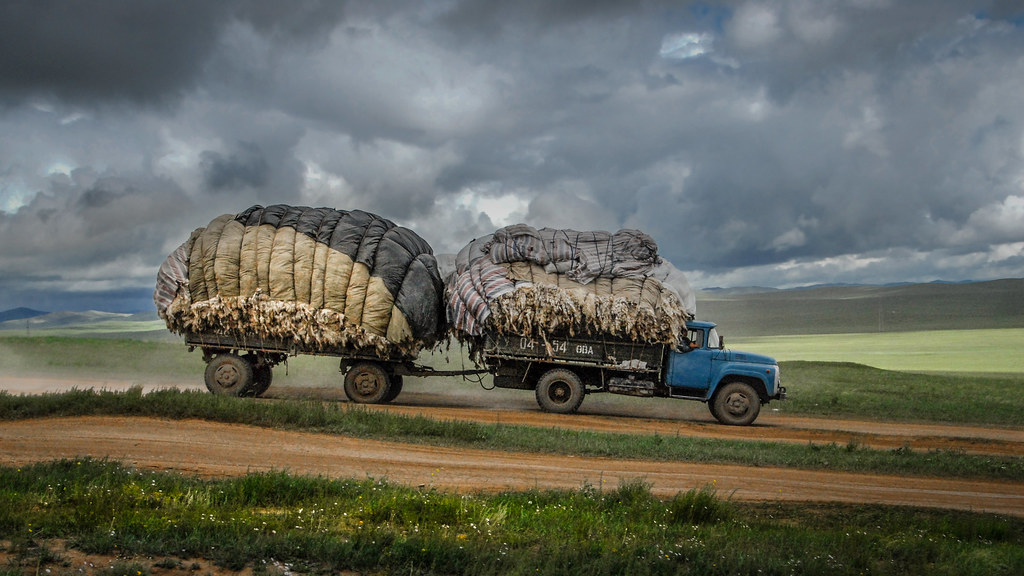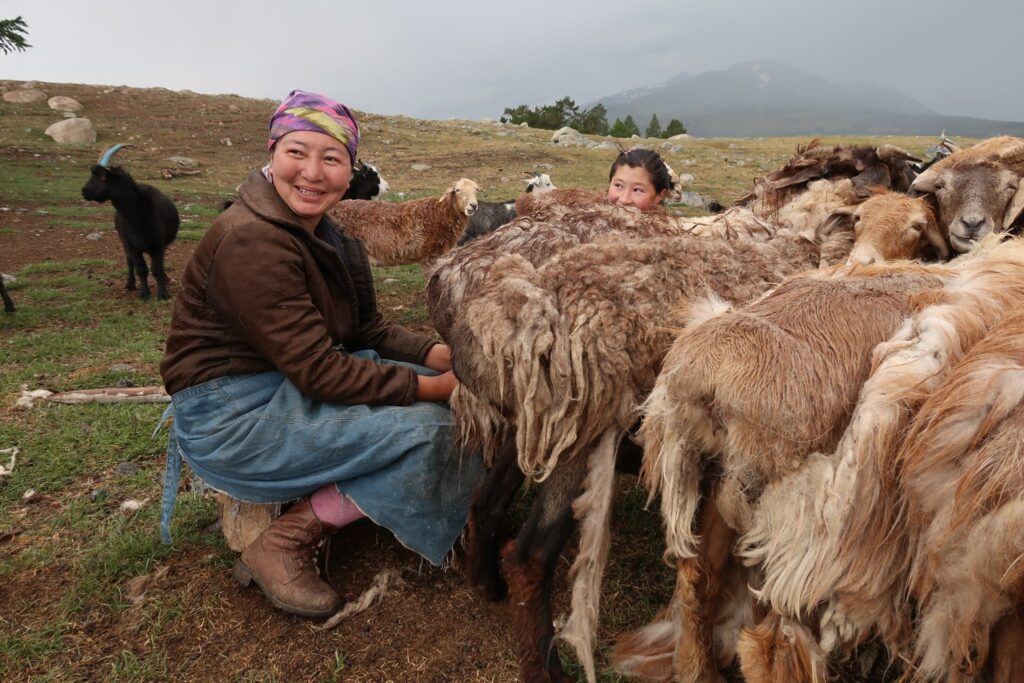Exploring the Mongolian Nomadic Lifestyle: A Journey into Mongolia’s Timeless Culture
Mongolia, a land of sweeping steppes and dramatic landscapes, is home to a way of life that has remained largely unchanged for centuries: the nomadic lifestyle. Rooted in ancient traditions and a profound connection to the land, Mongolian nomadism offers a fascinating glimpse into a culture that values freedom, resilience, and harmony with nature. For travelers seeking an authentic cultural experience, exploring Mongolia’s nomadic lifestyle is an unforgettable journey into a world where ancient customs meet the challenges of modern life.

The Essence of Nomadic Life
1. The Nomadic Spirit: Nomadic life in Mongolia is not just about moving from place to place; it is a deep-rooted philosophy that embodies adaptability, independence, and a profound bond with the land. Mongolian nomads traditionally migrate with the seasons, moving between summer and winter pastures to ensure their livestock has access to fresh grazing grounds. This seasonal migration is more than a practical necessity; it’s a way of life that maintains balance with nature and fosters a deep appreciation for Mongolia’s vast landscapes.
2. The Ger (Yurt): Central to the nomadic lifestyle is the ger, or yurt—a traditional portable dwelling that has been used by Mongolian nomads for centuries. The ger is a circular, tent-like structure with a wooden frame covered in felt and canvas. Its design is both practical and symbolic, reflecting the nomads’ close relationship with the environment. The ger is easily dismantled and transported, making it ideal for the nomadic lifestyle. Inside, it’s a warm, inviting space, often decorated with intricate patterns and traditional furnishings.
3. Livestock and Pastoral Life: Livestock is the cornerstone of the nomadic economy. Horses, cattle, sheep, goats, and camels provide essential resources including food, clothing, and transportation. Each animal plays a specific role in nomadic life:
- Horses: Vital for transportation and herding, horses are deeply cherished in Mongolian culture. The annual Naadam Festival, featuring horse racing, is a testament to their importance.
- Cattle and Sheep: These animals provide meat, milk, and wool, which are used for making traditional clothing and felt for the ger.
- Goats: Known for their cashmere wool, goats are a valuable asset for making warm clothing and blankets.
- Camels: Found in the Gobi Desert region, camels are used for their milk and as pack animals.
4. Traditional Mongolian Cuisine: Mongolian cuisine is hearty and straightforward, designed to sustain the nomads through harsh weather conditions. Key dishes include:
- Khorkhog: A traditional barbecue made by cooking meat with hot stones in a sealed container.
- Mongolian Hot Pot: A flavorful stew with meat and vegetables, often prepared over a communal fire.
- Buuz: Steamed dumplings filled with meat and sometimes vegetables, commonly enjoyed during festivals.
- Airag: A fermented mare’s milk drink, which is a traditional and refreshing beverage in the summer months.

Experiencing the Nomadic Lifestyle:
1. Stay with Nomads: One of the most immersive ways to experience Mongolian nomadic culture is to stay with a nomadic family. Many tour operators offer homestay experiences, where visitors can live alongside a nomadic family, assist with daily chores, and learn about traditional practices. This hands-on experience allows travelers to gain a deeper understanding of the nomadic way of life, from milking cows to making felt.
2. Participate in Traditional Activities: Travelers can engage in a variety of traditional activities, such as:
- Horse Riding: Join a horseback riding tour to explore Mongolia’s vast steppes and learn about the crucial role horses play in nomadic life.
- Milking Animals: Experience the daily ritual of milking livestock and making dairy products like yogurt and cheese.
- Making Felt: Participate in the traditional process of making felt, which is used to insulate the ger and create various items.
3. Festivals and Cultural Events: Mongolia’s cultural festivals provide a vibrant glimpse into nomadic traditions. Notable events include:
- Naadam Festival: Held every July, this festival features the “Three Manly Games” of wrestling, horse racing, and archery.
- Tsagaan Sar: The Mongolian Lunar New Year, celebrated with family gatherings, traditional foods, and cultural ceremonies.
- Golden Eagle Festival: Held in the Altai Mountains, this festival showcases the ancient tradition of eagle hunting, with falconers and their trained eagles competing in various challenges.
4. Explore the Landscapes: Mongolia’s diverse landscapes—from the rolling steppes to the rugged mountains and the vast Gobi Desert—are integral to the nomadic lifestyle. Explore these stunning regions through guided tours, trekking, or scenic drives. Highlights include:
- Gobi Desert: A vast and dramatic landscape with unique wildlife and ancient cultural sites.
- Terelj National Park: Known for its picturesque scenery and traditional nomadic camps.
- Altai Mountains: Home to the Kazakh eagle hunters and stunning mountain scenery.

Travel Tips:
- Prepare for Varying Conditions: Mongolia’s weather can be extreme, so pack layers and be prepared for both hot and cold temperatures.
- Respect Local Customs: When staying with nomadic families, be mindful of local customs and traditions. Show respect for their way of life and be open to learning.
- Travel Insurance: Ensure you have comprehensive travel insurance that covers adventure activities and remote travel.
- Stay Hydrated: Bring plenty of water and stay hydrated, especially when traveling through the desert or high-altitude areas.

Exploring the Mongolian nomadic lifestyle offers a rare and enriching travel experience, providing insights into a world where ancient traditions thrive amidst the natural beauty of Mongolia. From staying with nomadic families to participating in traditional activities and celebrating vibrant festivals, a journey into Mongolian nomadism is a unique opportunity to connect with a timeless culture and appreciate the harmony between people and their environment. Whether you’re an adventure seeker or a cultural enthusiast, Mongolia’s nomadic lifestyle promises a journey of discovery and wonder.
